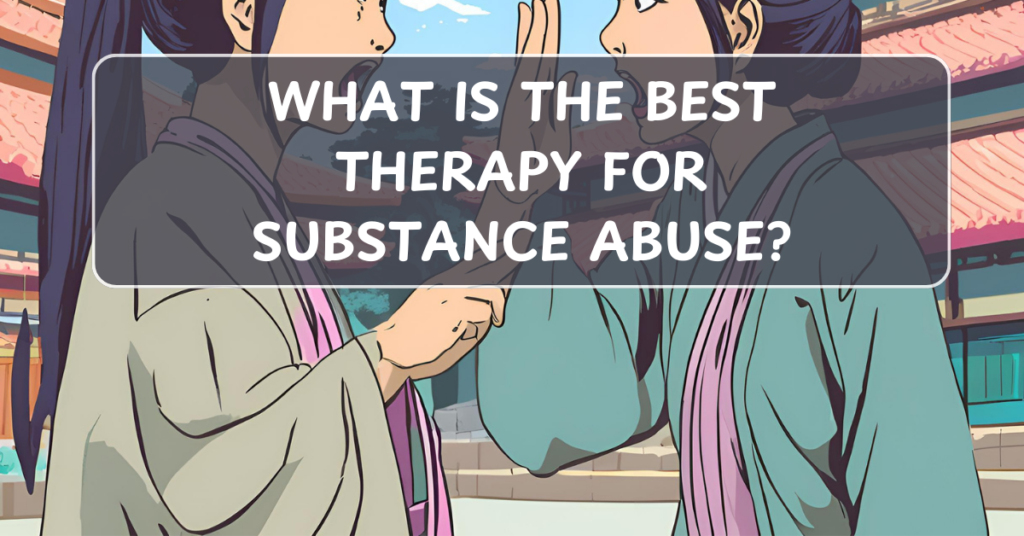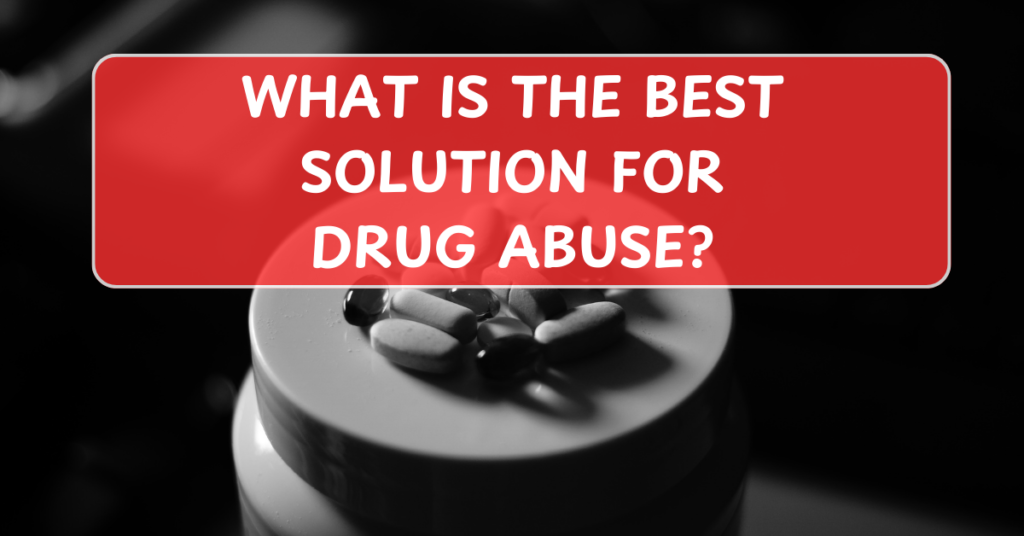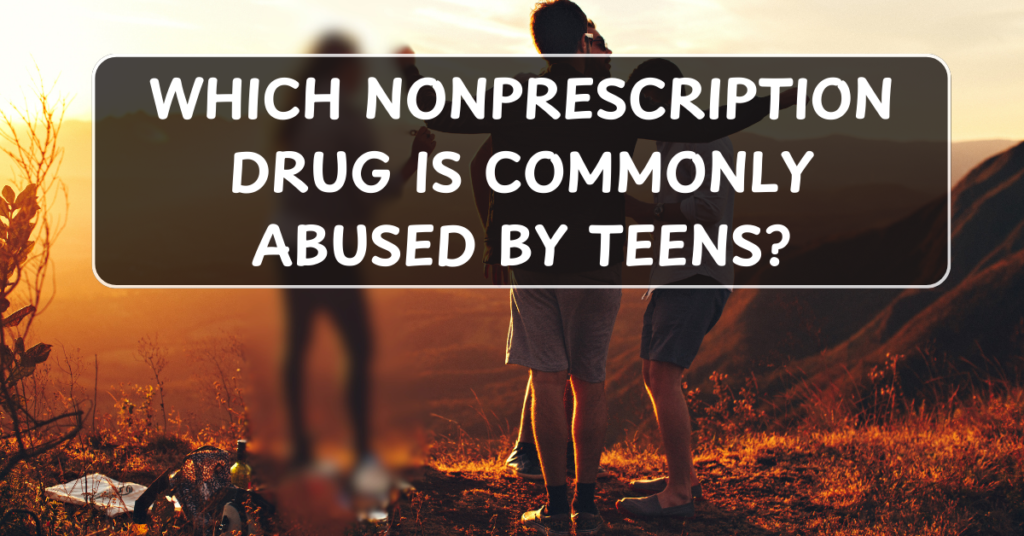
Substance abuse is a serious and complex condition that affects individuals physically, mentally, and emotionally. The path to recovery is often multifaceted and requires a combination of therapies to address the root causes, manage cravings, and support long-term sobriety. The best therapy for substance abuse depends on the individual’s specific needs, but certain therapeutic approaches have proven to be highly effective.
1. Cognitive Behavioral Therapy (CBT)
Cognitive Behavioral Therapy (CBT) is one of the most widely used and effective therapies for substance abuse.
- Focus: CBT helps individuals identify and challenge the negative thought patterns and behaviors that contribute to substance use.
- How It Works: The therapist works with the individual to recognize triggers (situations, emotions, or stressors) that lead to substance use and develop healthier coping strategies to manage these triggers.
- Benefits: It is particularly effective in treating co-occurring mental health disorders (e.g., anxiety, depression) and helps individuals develop problem-solving skills, building resilience to avoid relapse.
2. Motivational Interviewing (MI)
Motivational Interviewing is a client-centered therapy that focuses on resolving ambivalence toward recovery.
- Focus: The therapist uses a collaborative and non-confrontational approach to help the individual recognize the importance of change and their own motivation for recovery.
- How It Works: MI is designed to enhance motivation and commitment to treatment by helping individuals explore the pros and cons of substance use and the benefits of change.
- Benefits: MI works well for individuals who are not yet ready to commit to treatment, allowing them to explore their own reasons for change at their own pace.
3. Dialectical Behavior Therapy (DBT)
Dialectical Behavior Therapy (DBT) is an evidence-based therapy that was originally developed for individuals with borderline personality disorder, but it has been adapted for substance abuse treatment.
- Focus: DBT teaches individuals how to regulate their emotions, tolerate distress, and improve interpersonal relationships, all of which can help reduce the likelihood of turning to substances as a coping mechanism.
- How It Works: DBT combines individual therapy with group skills training in areas such as mindfulness, emotional regulation, distress tolerance, and interpersonal effectiveness.
- Benefits: It is especially helpful for individuals who struggle with intense emotional experiences or self-destructive behavior patterns, which often contribute to substance use.
4. Medication-Assisted Treatment (MAT)
Medication-Assisted Treatment (MAT) involves the use of medications alongside therapy to support recovery from substance use disorders, especially with alcohol, opioids, and tobacco.
- Focus: MAT combines medications that reduce cravings and withdrawal symptoms with behavioral therapies to increase the likelihood of long-term recovery.
- How It Works: Medications such as methadone, buprenorphine, or naltrexone are used to help individuals manage withdrawal and cravings, while therapy addresses the psychological aspects of addiction.
- Benefits: MAT has been shown to improve treatment outcomes, reduce relapse rates, and help individuals regain stability.
5. Contingency Management (CM)
Contingency Management is a therapeutic approach that uses positive reinforcement to encourage sobriety and discourage substance use.
- Focus: This therapy provides tangible rewards for achieving specific treatment goals, such as attending therapy sessions or passing drug tests.
- How It Works: Individuals earn rewards (e.g., vouchers, prizes, or small incentives) for maintaining sobriety and following treatment protocols.
- Benefits: CM is highly effective in promoting short-term behavior change and has been found to reduce drug use, especially when combined with other therapeutic approaches.
6. 12-Step Programs (e.g., AA, NA)
12-step programs, such as Alcoholics Anonymous (AA) or Narcotics Anonymous (NA), are support groups that use a structured set of principles to guide individuals through recovery.
- Focus: These programs emphasize the importance of peer support, spiritual growth, and personal accountability.
- How It Works: Individuals attend regular meetings, share experiences, and work through the 12 steps, which involve accepting powerlessness over the addiction, seeking support, making amends, and helping others.
- Benefits: 12-step programs are widely available, free, and offer long-term support. Many individuals find that the sense of community and shared experience fosters long-lasting recovery.
7. Family Therapy
Family therapy is a vital component of treatment for individuals whose substance abuse is intertwined with family dynamics or who need support from loved ones during recovery.
- Focus: Family therapy helps to repair and strengthen relationships, address dysfunctional patterns, and create a supportive home environment that encourages recovery.
- How It Works: The therapist works with the individual and their family members to improve communication, resolve conflicts, and address issues such as enabling behaviors or codependency.
- Benefits: Family therapy can help reduce the risk of relapse by ensuring that the individual has a stable and supportive environment at home.
8. Residential/Inpatient Treatment
Inpatient or residential treatment programs offer intensive therapy and 24/7 supervision in a structured environment.
- Focus: These programs provide a safe and supportive space for individuals who require more intensive care and structure, often including detoxification services.
- How It Works: The individual stays in a treatment facility for a designated period (usually 30-90 days) while undergoing therapy, group counseling, and life skills training.
- Benefits: Residential treatment is ideal for individuals with severe substance abuse issues or co-occurring mental health disorders, providing a break from environmental triggers and a chance to focus on recovery.
Choosing the Right Therapy
The best therapy for substance abuse depends on various factors, including:
- The type of substance involved.
- The severity of the addiction.
- Co-occurring mental health issues.
- Personal preferences and support systems.
It’s often helpful to combine several therapies, such as behavioral therapy with medication-assisted treatment, for a more comprehensive approach. Consulting with a healthcare professional or addiction specialist can help you determine the most appropriate treatment plan.
Key Takeaways
Recovery from substance abuse is a long-term process, and the right therapy is essential for overcoming addiction. Whether through CBT, DBT, 12-step programs, or medication-assisted treatment, the best approach is one that addresses the physical, emotional, and psychological aspects of addiction. With the right support, commitment, and resources, individuals can break free from substance abuse and build healthier, happier lives.


